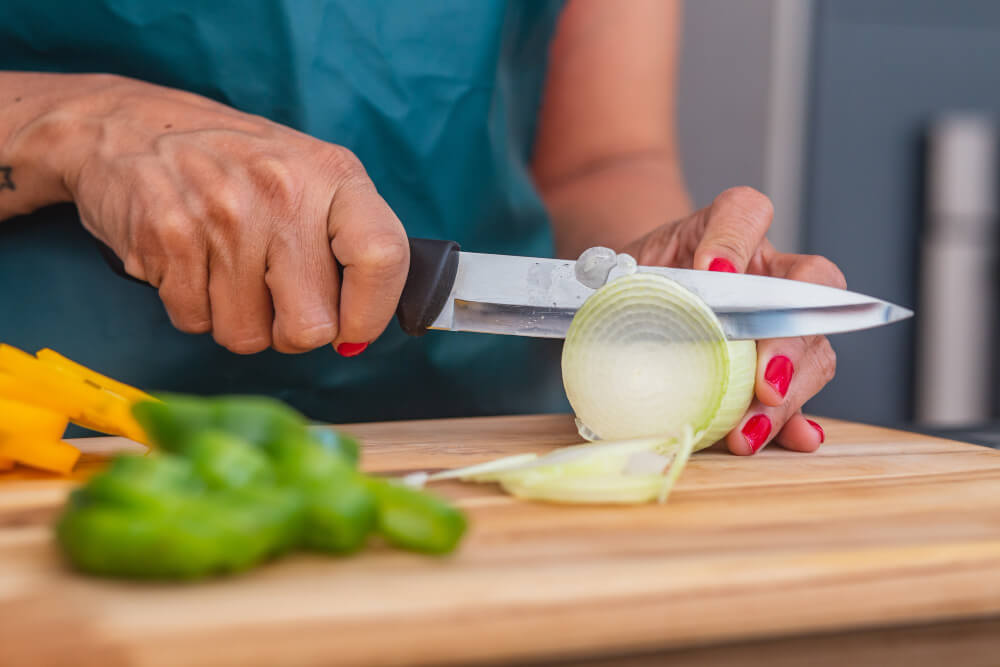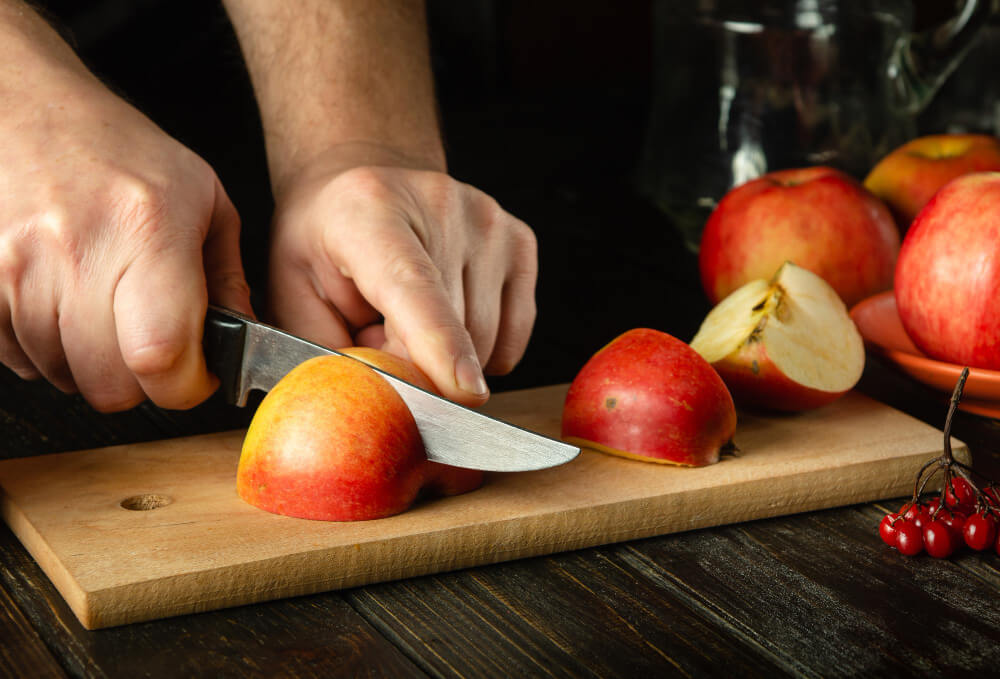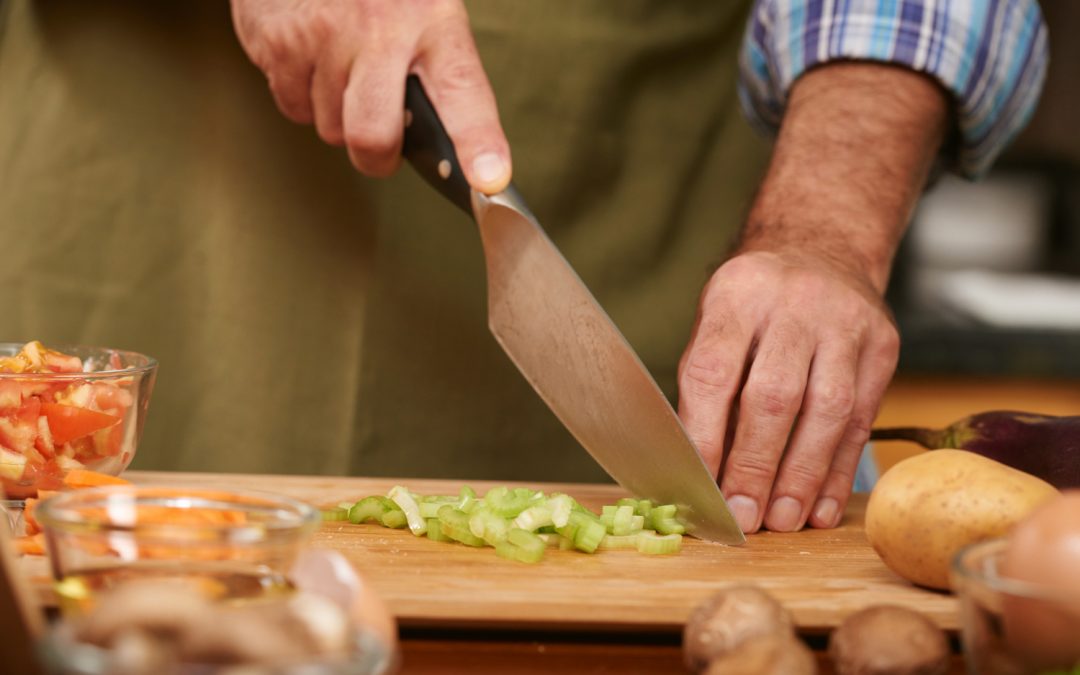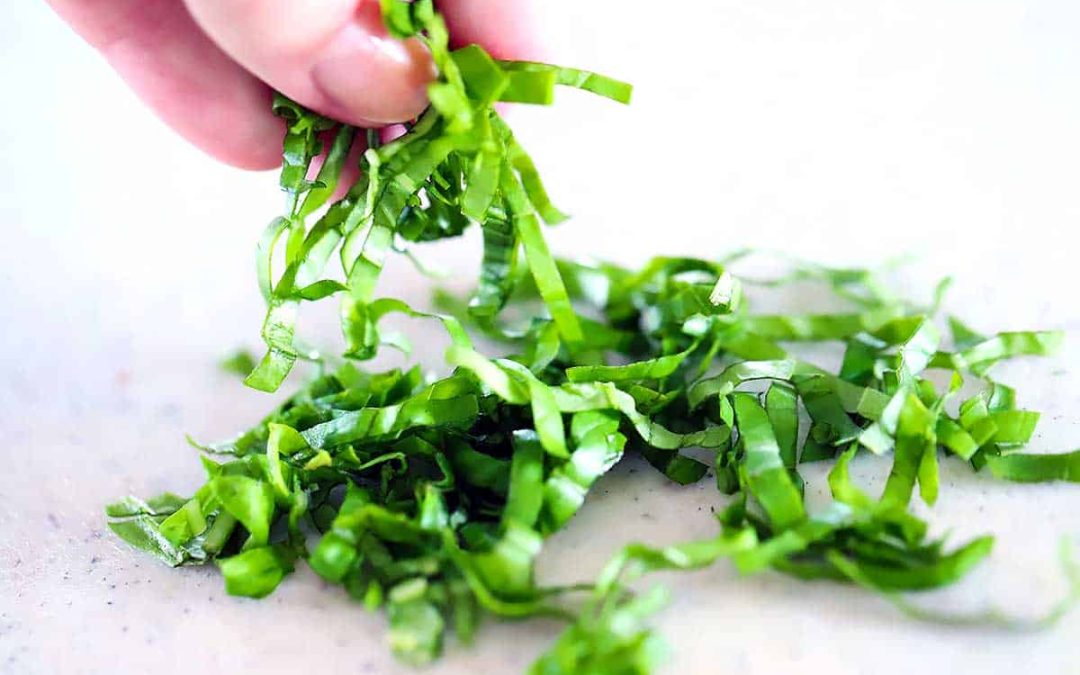Slicing is one of the fundamental knife skills that every home cook and professional chef should master. Whether you’re slicing through a succulent steak, filleting a delicate fish, or preparing an array of vegetables for a stir-fry, this technique is an essential component of culinary expertise. In this guide, we’ll explore the art of slicing, from the right knives for the job to step-by-step instructions and tips to help you achieve perfect slices every time.
Choosing the Right Knife for Slicing
Before diving into the details of slicing, it’s essential to select the appropriate knife for the task. While various knives can be used for slicing, some are better suited than others. Here are a few knives commonly used for slicing:
Chef’s Knife
The versatile chef’s knife is a popular choice for slicing due to its long, sharp blade. It can handle a wide range of slicing tasks, from meats to vegetables.
Slicing Knife
Specifically designed for slicing, this knife features a long, narrow blade with a pointed tip. It’s ideal for achieving thin, even slices of roasts, hams, and smoked meats.
Santoku Knife
This Japanese knife is excellent for slicing vegetables and boneless meats. Its thin blade allows for precise cuts.
Recommended Reading: Demeyere Atlantis Knife Set Review

How to Slice with a Knife
When it comes to mastering the art of slicing with a knife, safety should always be a top priority. Slicing is a fundamental knife skill used in countless culinary endeavors, but it comes with inherent risks if not approached with care. In this section, we will dive straight into the practical tips you need to maintain safety while slicing. From proper hand positioning to choosing the right cutting surface, these guidelines will help you navigate the kitchen with confidence and security.
- Prepare Your Workstation: Start by setting up a clean and organized workspace. Ensure your cutting board is stable and slip-resistant.
- Choose the Right Grip: Hold the knife handle firmly with your dominant hand, while your non-dominant hand steadies the ingredient.
- Position the Blade: Position the knife blade at the desired angle for slicing. For instance, when slicing meat, you might angle the blade slightly for thin cuts.
- Slice with a Fluid Motion: Using a fluid and controlled motion, move the knife through the ingredient. Allow the blade to do the work, and avoid using excessive force.
- Maintain Consistency: Aim for consistent thickness in your slices. Practice and experience will help you achieve uniformity.
Slicing Techniques for Different Foods
Slicing is a versatile knife skill that extends its utility across a wide spectrum of ingredients. Each food item, whether it’s meats, vegetables, or fruits, requires a distinct slicing technique to bring out its best qualities. In this section, we’ll explore the specific slicing techniques tailored to various foods, providing you with the essential knowledge to create culinary masterpieces with precision.
Meats
When slicing meats, it’s crucial to cut against the grain for tenderness. For example, with steak, slice perpendicular to the lines of muscle fibers for the best results.
Fish
For fish filleting, a sharp knife and a gentle hand are essential. Start at the tail end and work your way toward the head, keeping the blade close to the bones.
Vegetables
When slicing vegetables, choose the appropriate thickness based on your recipe. Use a slicing motion for even cuts, whether you’re working with cucumbers, carrots, or bell peppers.
Tips for Achieving Consistent Thickness
Consistency in slice thickness is key to achieving professional results. Here are some tips to help you maintain uniformity:
- Use a Sharp Knife: A sharp knife ensures clean cuts and even slices. Regularly sharpen your knife to maintain its edge.
- Practice Makes Perfect: Practice your slicing technique regularly to improve your skills and achieve consistent results.
- Invest in Quality Knives: High-quality knives with sharp blades are easier to control, leading to more consistent slices.
Safety Precautions When Slicing with Knives
Safety is non-negotiable when working with sharp knives, especially during slicing tasks. In this section, we get straight to the point, highlighting crucial safety precautions that should always be at the forefront of your mind. By following these essential guidelines, you can protect yourself and others while achieving precise and consistent slices with confidence.
- Keep Fingers Away: Always curl your fingers under and away from the blade to prevent accidental cuts.
- Use a Stable Cutting Board: Ensure your cutting board is secure and won’t slip during slicing.
- Mind the Blade: Be aware of the knife blade’s position at all times, especially when working with small or irregularly shaped ingredients.

Recipe Ideas to Practice Your Slicing Technique
Slicing is a technique with numerous culinary applications. Here are some dishes and recipes that highlight the importance of slicing:
- Chicken Strips: Achieve thin, even slices of beef for a quick and delicious stir-fry.
- Cucumber Salad: Create uniform cucumber slices for a refreshing salad.
- Grilled Vegetable Platter: Slice a variety of vegetables for a beautifully grilled platter.
Wrapping Up – How to Slice with a Knife
Slicing is a versatile knife skill that every cook should master. With the right knife, proper technique, and attention to safety, you can achieve consistent and impressive slices in your culinary creations. So, sharpen your knives, practice your slicing technique, and explore the countless possibilities that slicing opens up in the world of cooking. Happy slicing!



